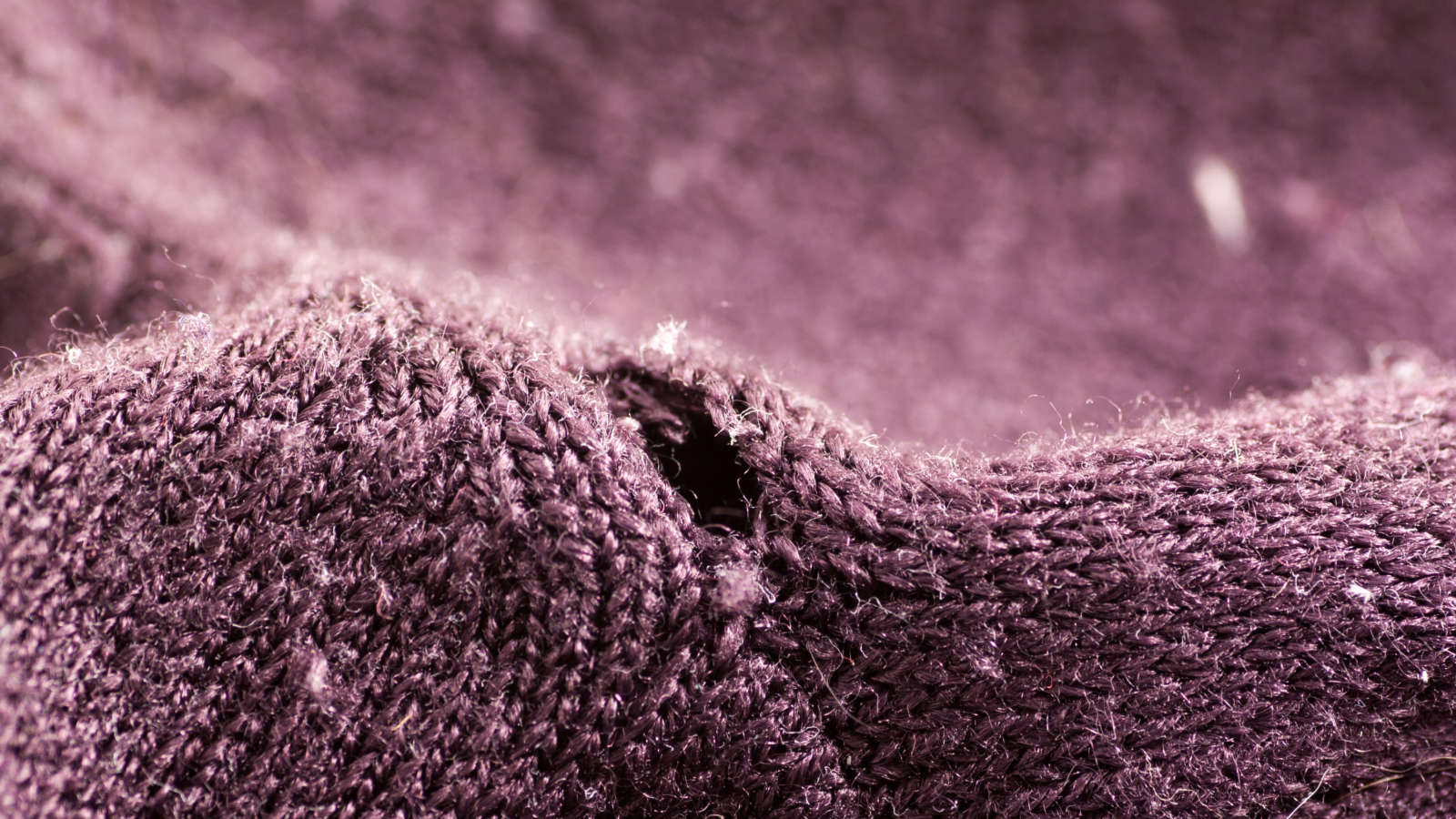Termite Facts You Won’t Believe
You probably already know termites are a homeowner’s nightmare, but how much do you actually know about these insects?!
Here are 5 termite facts that may surprise you!
Termites Are Social Insects
Although a termite colony can have millions of individual termites within it, these social insects aren’t working alone. Social insects, like termites and ants, have complex systems within their colonies which allow them to operate incredibly efficiently.
Within a termite colony, the individual termites have specialized jobs, typically being workers, soldiers, nymphs, reproductives, a queen, and a king. Termite workers are those termites who handle the foraging and maintaining the nest, as well as the termite colony’s eggs; they’re also the termites who are most likely to be detected in infested wood. Soldier termites have powerful jaws that can block tunnels in case of attack (surprisingly, ants are a common threat to termites)! Nymph termites are the young, and they will sometimes take on similar duties as workers, and reproductive termites are those which leave the colony to start new colonies. Finally, the queen and king termite are colony royalty, known for mating for life.
Termites Don’t Sleep
Termites consume the cellulose in wood and other materials 24 hours of the day, seven days of the week, and they don’t need sleep to survive. An established termite colony has the capacity to consume roughly the same amount of wood equal to a cup of sawdust, just within a couple of hours.
Termites Are Silent Destroyers
Because termites eat 24/7, their activity can add up to major home damages quickly. Subterranean termites, a common species of termite on Long Island, build mud tubes from their colonies underground which lead to the wooden structures they infest, which could easily be the wooden components of your home like your floor joists or structural beams. Termite infestations often go undetected for YEARS after they’ve begun, which leads to major, costly home repairs.
Termites Cause Billions of Dollars in Damages Each Year
Termite damages cost United States homeowners billions of dollars in damage repairs each year, and there are two key types of damage termites cause: structural termite damage and cosmetic termite damage.
Structural termite damage threatens the stability of a house, and can include weakening in areas such as the sills of a crawl space, floor joists, or structural beams.
Cosmetic termite damage, on the other hand, often calls for repairs, too, as termites frequently damage paint, sheetrock, flooring, and wallpaper. As with structural damages, repair costs vary depending on the severity of the issue and the materials needed to repair.
You CAN Protect Your Home from Termite Damage
Your first line of defense against termites is an effective termite control system in place, such as our preferred earth-friendly option, the Sentricon Termite Elimination System. Additional termite prevention measures you can take for your home include:
- Limiting wood-to-earth contact
- Reducing moisture levels
- Repairing or replacing leaking pipes or fixtures
- Replacing wood that’s become water-damaged
- Clearing your gutters and making sure they’re working properly, with water flowing away from your home’s foundation
As mentioned, year-round termite coverage, when paired with an annual inspection by a trained professional, is the most effective way to protect your home from termites.
Knockout Pest Control’s team will work with you to choose the most effective control plan for your home’s construction and help identify any conducive conditions that may be putting your home at risk of a termite infestation.
Knock out termites now—call (800) 244-7378.



